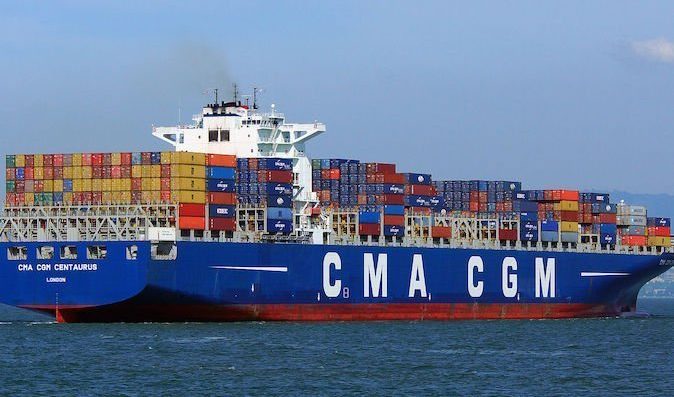What zero-emissions means for our industry

Richard Klatten, CEO of Future Proof Shipping, writes for Splash on a thorny issue shipping is trying to resolve.
At Future Proof Shipping (FPS), we agree there is a case for clarifying what is meant by the term ‘zero-emissions’. Over the past 12 months, so much information has been shared with regard to zero-emissions shipping. This is encouraging for an organisation like ours, but we understand the confusion too much information and too many interpretations, definitions and theoretical viewpoints can bring.
How we view zero-emissions
We look at zero-emissions through an operational and practical lens, and not so much from a theoretical viewpoint, because ultimately, we are in the process of building a zero-emissions fleet. It’s a very practical affair for us.
To set our sustainable boundaries, we have subscribed to the Global Maritime Forum list of zero carbon energy sources and align our energy sourcing with the hydrogen and synthetic non-carbon fuels category, which means zero GHG emissions.
To enable the transition to a decarbonised shipping sector, the phrase “zero carbon energy sources” should be understood to cover energy sources and fuels that collectively have the potential to be scalable for supply of all of shipping’s energy demand in 2050.
With regards to the sailing and fuelling of our ships, zero-emissions means zero GHG emissions. All our vessels will be equipped with zero-emissions propulsion systems.
In regard to shore-based emissions, we are transparent in the impact data of the propulsion systems and technology we have on board our vessels. To ensure the lowest possible emission output, the emissions footprint and environmental impact related to the manufacturing of this equipment is requested from our partners at the RFQ stage. We want to know the emissions footprint of all of the technology used on board our vessels.
We are in touch with some of the best universities in the Netherlands to find research students who can compare the footprint of hydrogen, battery and other upcoming technologies for newbuild and retrofit vessels to existing ones that operate on fossil fuels. While more macro-level discussions on emissions calculations are important to follow, complex calculation debates can sometimes be an attempt to slow or even stop progress completely. We cannot let these discussions hold us back, but we will also never give up on our constant quest for a greener more efficient way to ‘future proof shipping’.
Powering the future of shipping
Our aim at FPS is to have ten zero-emissions ship projects kickstarted within the next five years.
Hydrogen, if generated with green energy, can play an important role in making the maritime sector emissions free and sustainable. Electrification of the drive train can allow for flexibility by enabling the use of different energy providers (batteries, fuel cells in combination with hydrogen, etc..) and can be the first step towards zero-emissions for the harder-to-decarbonise subsectors and vessel types. We believe in eliminating NOx emissions, hence we are not exploring hydrogen combustion (which produces NOx emissions due to the temperature of combustion) or the use of (green) ammonia in combustion engines. We are always interested in hydrogen ‘carriers’ like LOHCs, developments in battery technology and any other potential new solutions that can enable sailing without emissions.
Connecting for zero
We believe a move to zero-emissions shipping is a smart, calculated investment for the future and we are here to convince the early adapters of that. We interact with all parties in the entire maritime value chain from shippers to shipowners, operators and terminals, as we consider tackling only one part of the chain will not be sufficient. We want to support our customers and enable them to make conscious energy transition choices. Now is the time to fast forward the transition to zero-emissions.

Batteries and fuel cell development despite decades of research and trillions in investment has still not got to energy density levels that could provide adequate propulsion for large vessels. The green aspirations are to be lauded but how much more can be wrung out of existing technologies and other parts of the supply chain including inland transport movements of cargo..
Sure..the green technology still are weak to give chance in biggest change for merchant fleet at whole..could be work in small band upon experimental vessels.
Hope we don’t end up filling up landfills with redundant batteries (DG n poison), it’s good to implement such technology on small coastal or inland vessels but to talk about huge ocean going vessels of present generation is mere talking to the wind. What should be researched more is recycling n green power